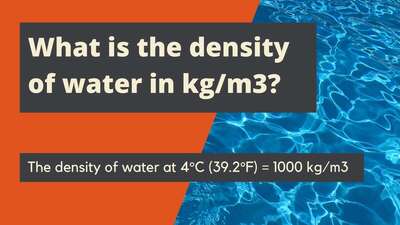Angle converter
The angle converter is an invaluable tool, especially in math. Why? In math, different conversions are very common. And one of them is the angle conversion. Is it what you are currently struggling with? Here is an easier solution to do it – the angle converter. With this tool any of the angle conversion will be a nightmare anymore. Do you want to know more? So keep reading.
What will you find in this article? To be honest, everything which you need to make the angle conversion with the angle converter properly. It will help you not only in math, but also in everyday life.
We will start with the term of the angle, then we will move on to the angular units. After these 2 issues we will move on to our angle converter. At the end you will also see a practical example with its use. Thanks to all this information you will finally be able to make the angle conversion without stress and mistakes. So let’s start.
As we mentioned before, our article will start from the term of angle. Do you know the definition of it? We will try to explain it to you in the clearest way. The angle can be defined as the number. This number is formed by two rays. These rays are called the sides of an angle. Both of them are sharing their endpoint, which is called the vertex of the angle.
This basic definition will be totally sufficient for the purpose of this article. We hope all of you have understood it. To make it clearer, we also want to give you a few examples.
For instance, let’s imagine a square. It has 4 angles, all of them have the same value. You probably know that they are equal to 90 degrees. Another example, in all rooms in your flat are angles too. Depending on the shape of the room, it may have a different number of the angles. But the standard is a room in the shape of a square or rectangle, which has 4 angles.
If you know what the angle is, it is time to learn another thing. It means, the units of angle. What are they? The 3 most popular angular units are: degree (°), radian (rad) and gradian (grad). You have probably met with at least two of them so far.
The degree, which is used probably the most commonly, is not the unit of the International System of Units (SI). But, curiously, it is mentioned as a possible unit in this system. The degree is defined as a measurement of a plane angle, where the full rotation is equal to 360°. So as you may know, the degree is equal to just 1.
The radian is, in turn, the unit which comes from the SI. To measure the full rotation in radians, you need to use this equation: 2π. On the other hand, 1 radian is equal to about 57.3 degrees.
The last one, the gradian, as the degree, is not a part of the SI. It is the smallest unit of all mentioned in this part. The grad is equal to 9/10 of the degree, so it means that 90° is equal to 100 gradians. It is also equal to π/200 of the radian.
It is also possible to distinguish other units of angle, like turn, quadrant or sextant. You can see these 3 down below in the comparison with the degree:
- Turn – 360°;
- Quadrant – 90°;
- Sextant – 60°.
We think it is enough for this part. You know the basic information about the angle and angular units. Now it is time to know our angle converter. The tool, which will help you with all angle conversions.
Angle Converter – angle conversion can be easy
We know that the angle conversion can be problematic. Fraction or Pi is quite difficult to multiply. But fortunately, you don’t have to make angle conversion on your own anymore. You can use the angle converter, which will do all calculations for you.
The angle converter is an advanced calculator dedicated to the only one kind of conversion – to the angle conversion. It is equipped with a specially programmed algorithm. This algorithm is a key to success of easy and quick angle conversion. Why?
This algorithm contains all angular units with their equivalent and formulas. So you do not need to remember or even know this information on your own. You have to do one thing – enter the data to our angle converter. It will make the rest. But that’s not all. The angle converter works quickly… or even quicker than you can imagine. It will take not even a second to see the accurate result on a screen.
What more do we want to emphasize? Notice these 3 things. The angle converter:
- Works on every device with an Internet connection.
- Does not require register or login.
- Is free to use.
At the end, we want to add one more, but very important, thing. The angle converter is very simple to use. We are sure that all of you are able to use it without any problems – children, adults or even elderly people who do not like using modern technology.
Don’t you believe us? See a step by step example of using our angle converter in the next part of this article.
Angle Converter – a step by step example
What do you need to do to convert 90 degrees to radians? Here are 3 steps you need to follow to get the result:
- Enter 90 as a value you want to convert.
- Pick the degrees as the angular unit from which you want to calculate.
- Pick the radians as the angular unit to which you want to calculate.
After doing it, your accurate result will be shown immediately. So what is 90 degrees in radians? 90 degrees is equal to 1.57079633 radians.
We are sure that now you can make any angle conversion you want with the use of our angle converter.
So what are you waiting for? Discover quick and easy angle conversion with the angle converter. Forget about tiring manual calculations which take so long. Choose the angle converter and get the result in a few seconds.









